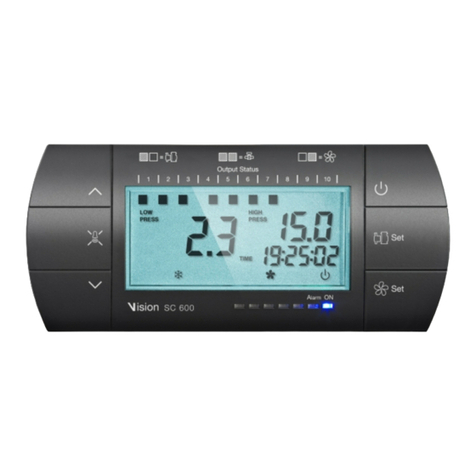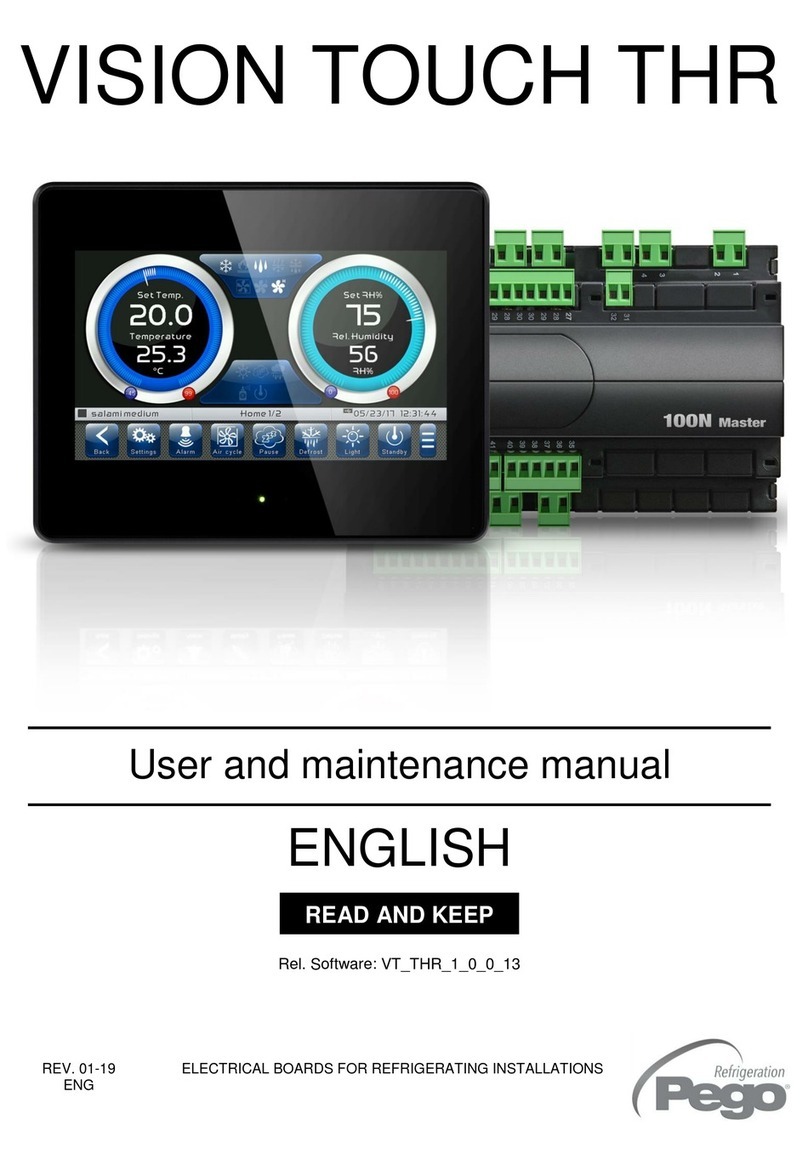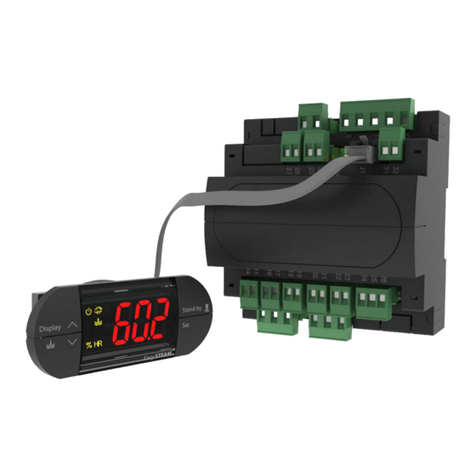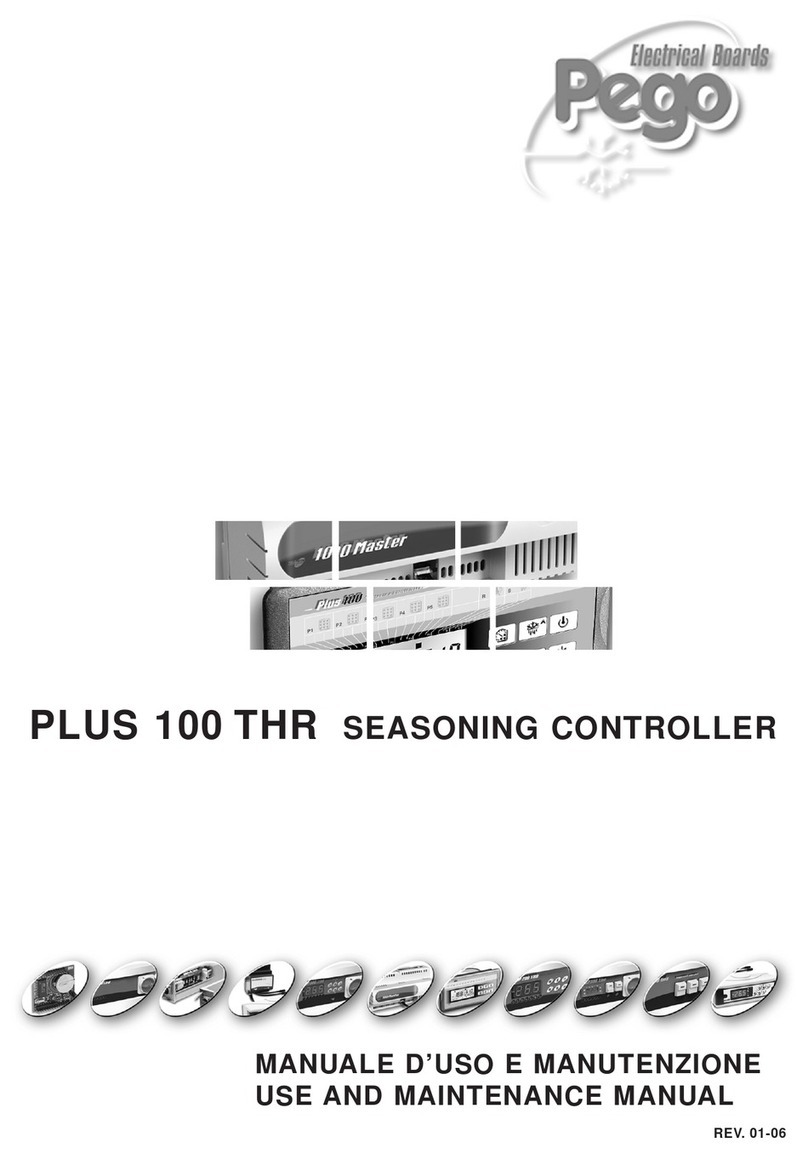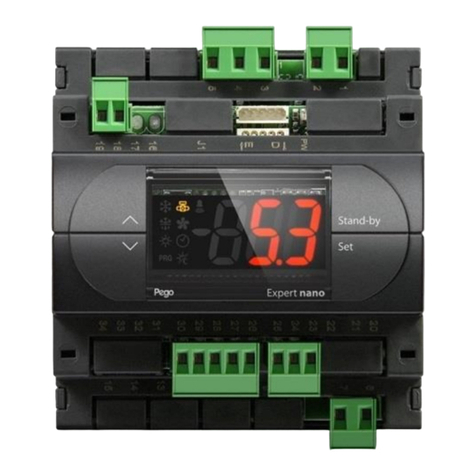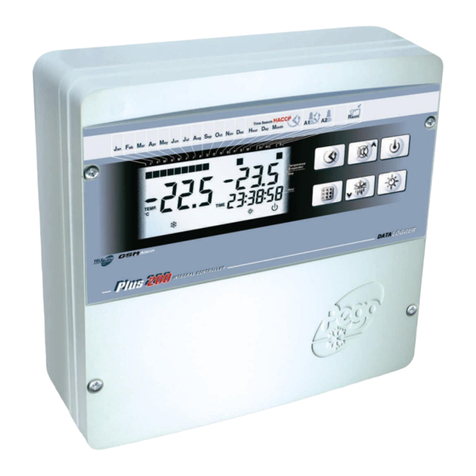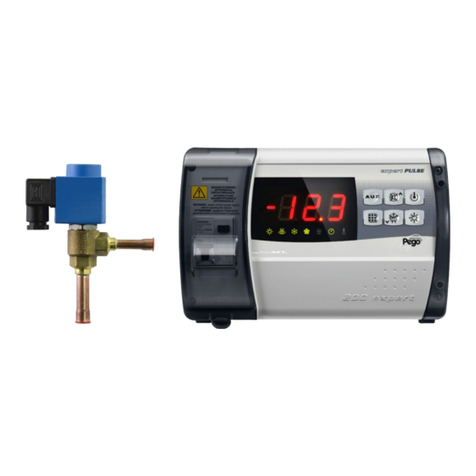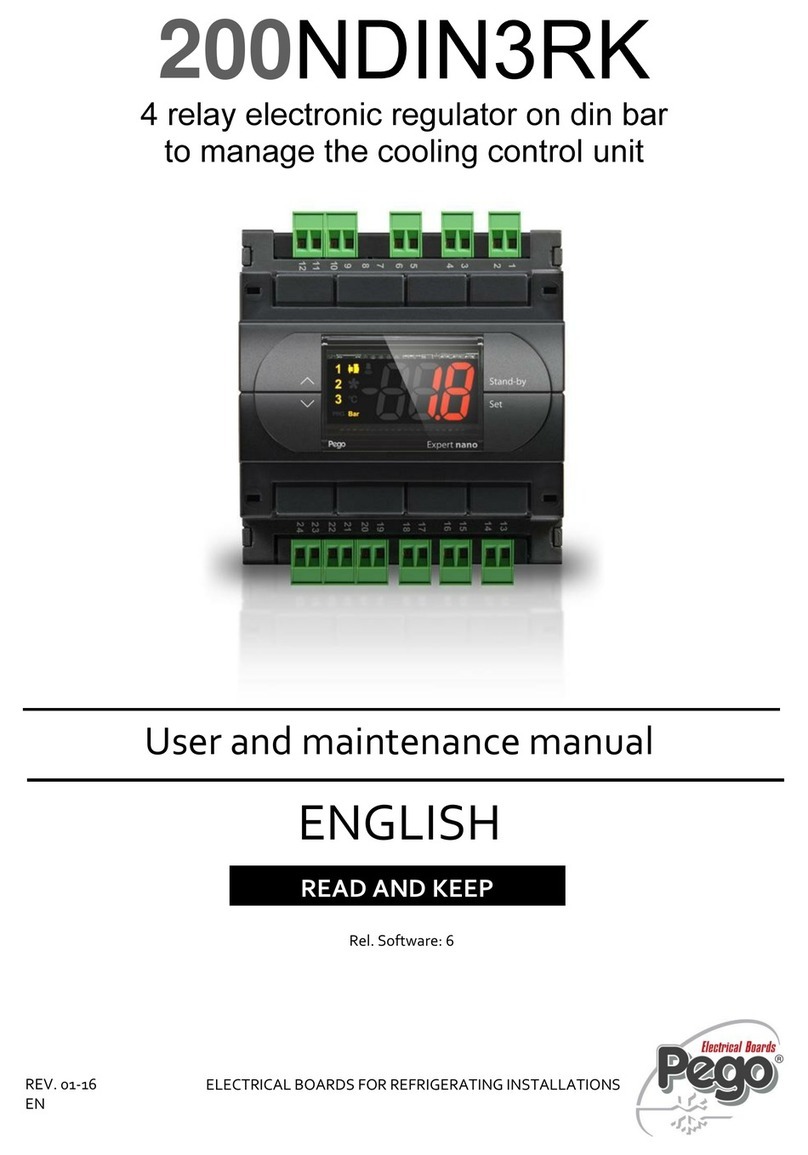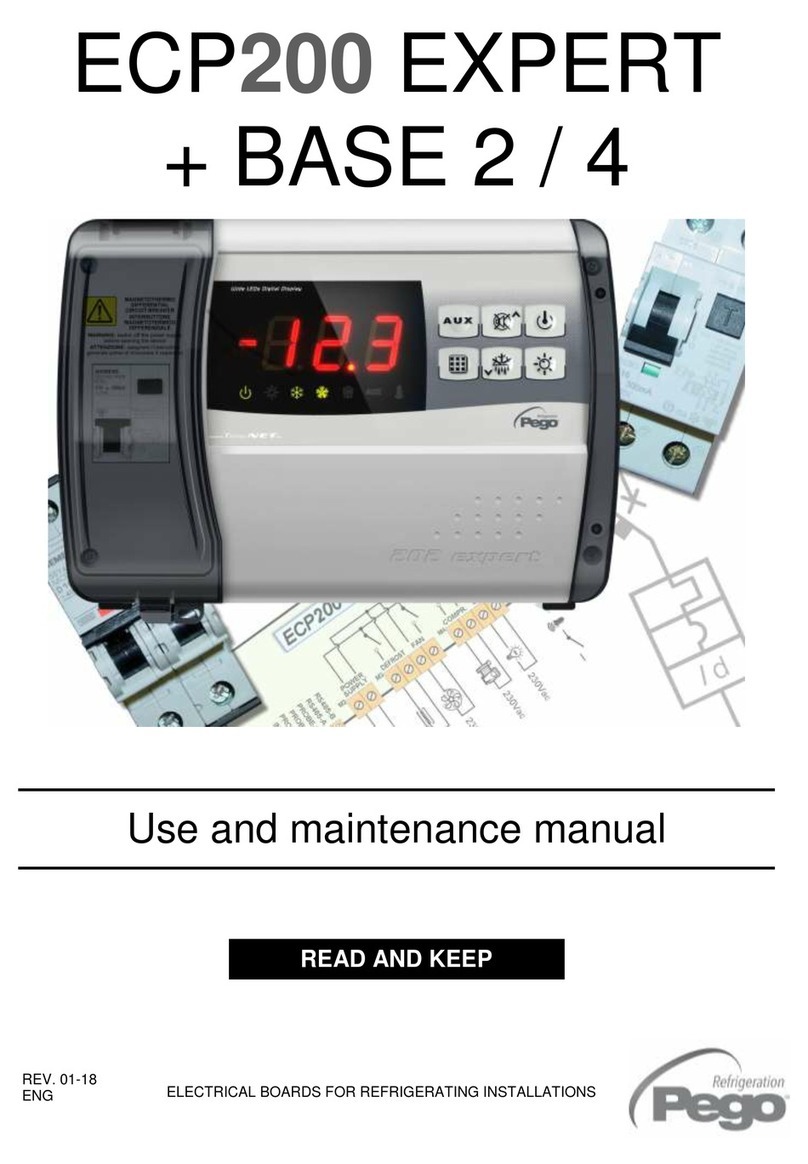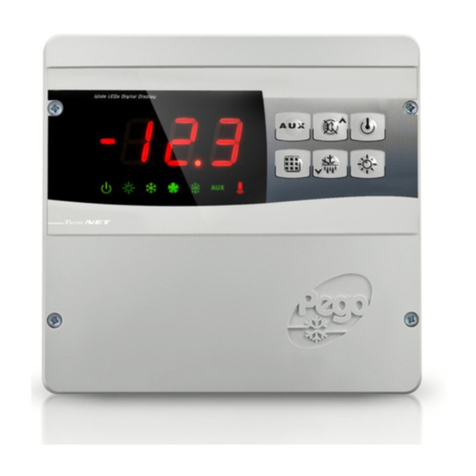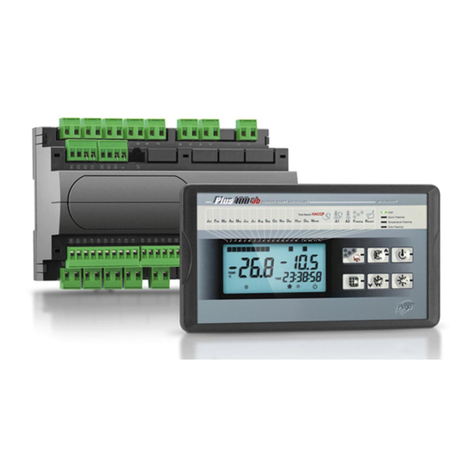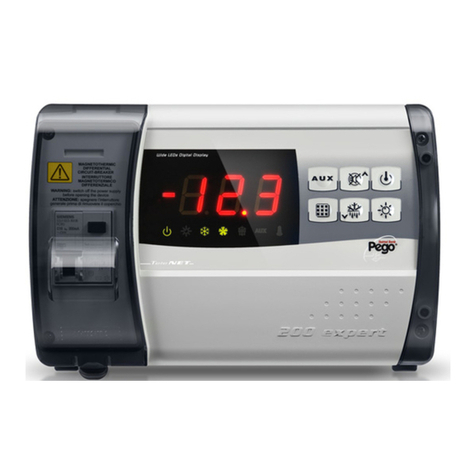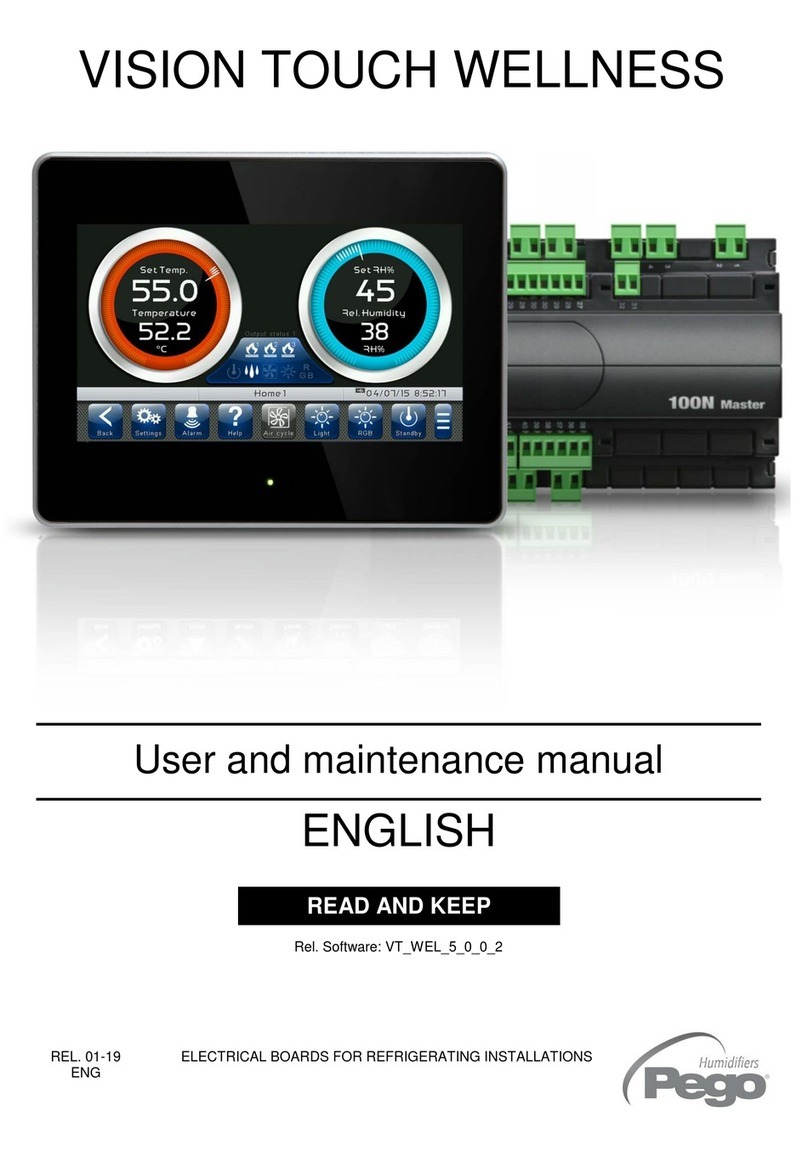WARRANTY
The electronic controls of the DIN NANO series are covered by a 24-months warranty
against all manufacturing defects as from the date indicated on the product ID code.
In case of defect the product must be appropriately packaged and sent to our production
plant or to any authorized Service Center with the prior request of the Return Authorization
Number.
Customers are entitled to have defective products repaired, spare parts and labour
included. The costs and the risks of transport are at the total charge of the Customer.
Any warranty action does not extend or renew its expiration.
The Warranty does not cover:
Damages resulting from tampering, impact or improper installation of the product and
its accessories.
Installation, use or maintenance that does not comply with the instructions provided
with the product.
Repair work carried out by unauthorized personnel.
Damage due to natural phenomena such as lightning, natural disasters, etc…
In all these cases the costs for repair will be charged to the customer.
The intervention service in warranty can be refused when the equipment is modified or
transformed.
Under no circumstances Pego S.r.l. will be liable for any loss of data and information,
costs of goods or substitute services, damage to property, people or animals, loss of sales
or earnings, business interruption, any direct, indirect, incidental, consequential,
damaging, punitive, special or consequential damages, in any way whatsoever caused,
whether they are contractual, extra contractual or due to negligence or other liability arising
from the use of the product or its installation.
Malfunction caused by tampering, bumps, inadequate installation automatically declines
the warranty. It is compulsory to observe all the instructions in this manual and the
operating conditions of the product.
Pego S.r.l. disclaims any liability for possible inaccuracies contained in this manual if due
to errors in printing or transcription.
Pego S.r.l. reserves the right to make changes to its products which it deems necessary
or useful without affecting its essential characteristics.
Each new release of the Pego product user manual replaces all the previous ones.
As far as not expressly indicated, is applicable the Law and in particular the art. 1512 C.C.
(Italian Civil Code).
For any controversy is elected and recognized by the parties the jurisdiction of the Court of
Rovigo.
